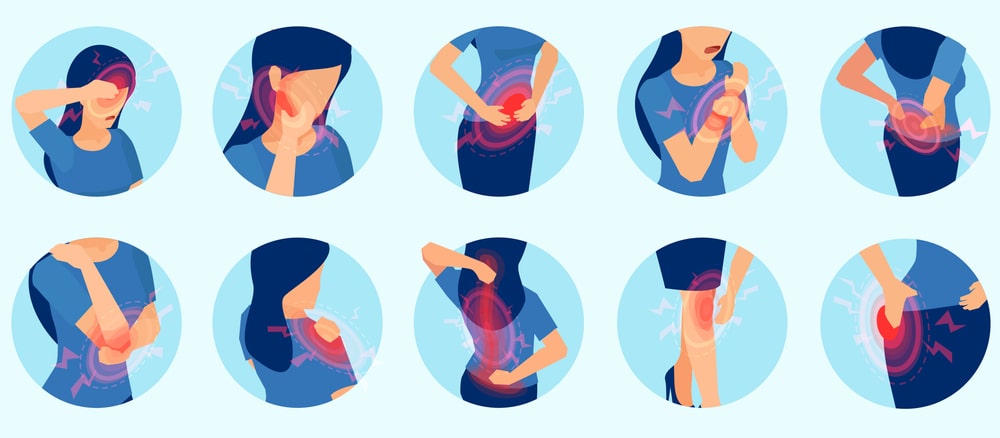
Generally, inflammation is classified into two types based on the defense capacity of the host and duration of response.
- Acute inflammation
- Chronic inflammation
Table of Contents
Acute inflammation
It is short duration and represents the early body reaction and is usually followed by healing.
Examples of diseases, conditions that can result in acute inflammation include.
- Acute bronchitis
- Sore throat from a cold or flu
- Acute sinusitis
- Acute tonsillitis
- Acute dermatitis
Chronic inflammation
It is of a longer duration and it occurs either after the causative agents of acute inflammation persists for a long time. The characteristics features of chronic inflammation are present of chronic inflammatory cells such as lymphocytes, plasma cells, and macrophages.
Macrophages(phagocytic cells) derived from monocytes in a loose connective tissue wall of blood vessels, they are interacting with lymphocytes and facilitate antibody production.
Example of disease and condition with chronic inflammation:
- asthma
- Peptic ulcer
- Rheumatoid arthritis
- Tuberculosis.
Difference between Acute inflammation and Chronic inflammation
| Acute Inflammation | chronic inflammation | |
| causative organism | harmful bacteria | non-degradable pathogens that cause persist inflammation with some type of virus |
| primary mediators | Eicosanoids | hydrolytic enzyme and reactive oxygen species |
| systemic effects | fever, leukocytosis, inflammation of lymph node. | fever, anemia, leukocytosis. |
Make sure check our amazing article: Basic mechanism involved in the process of inflammation
